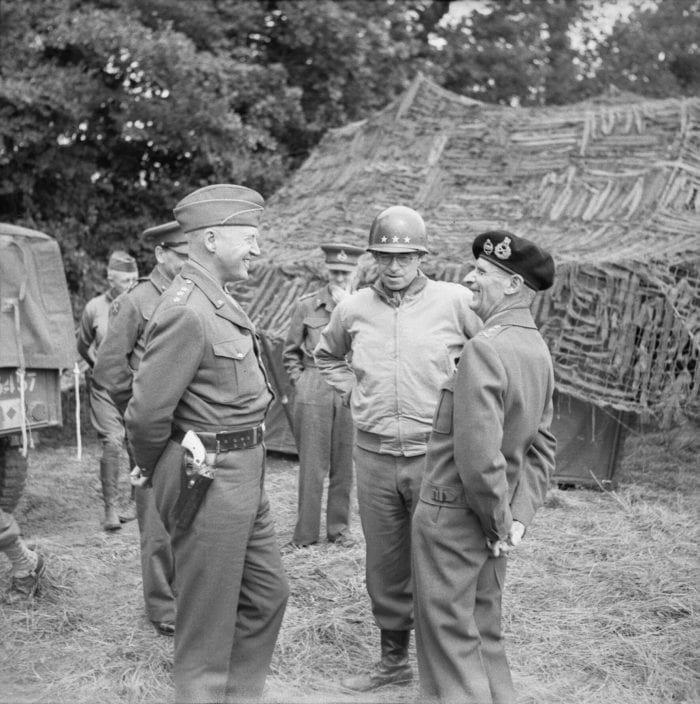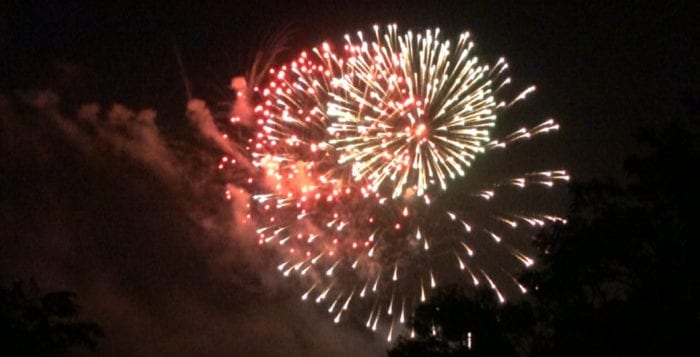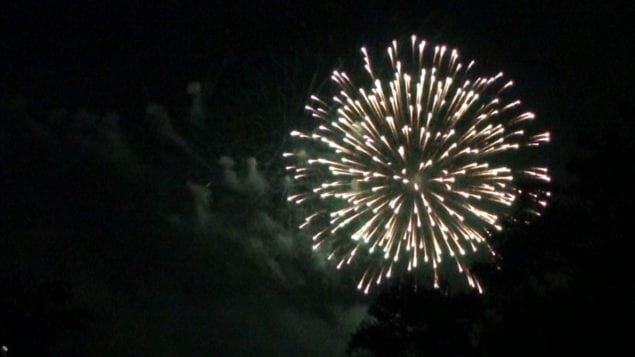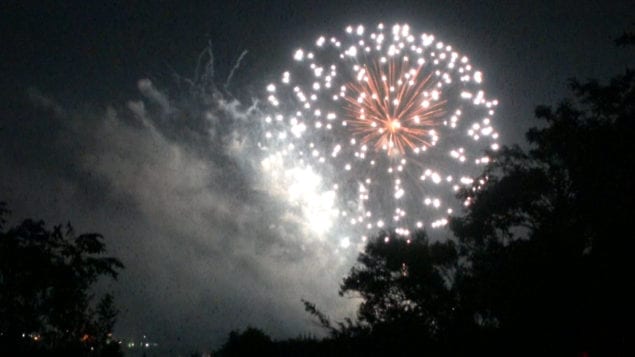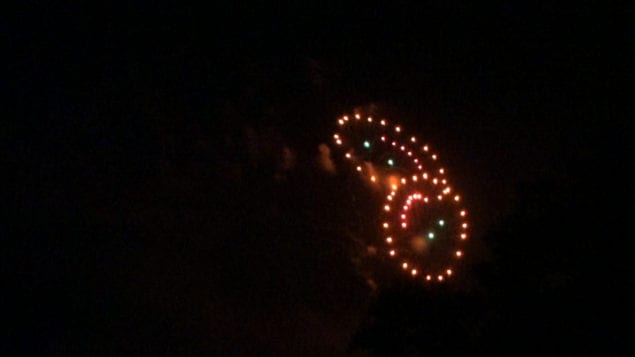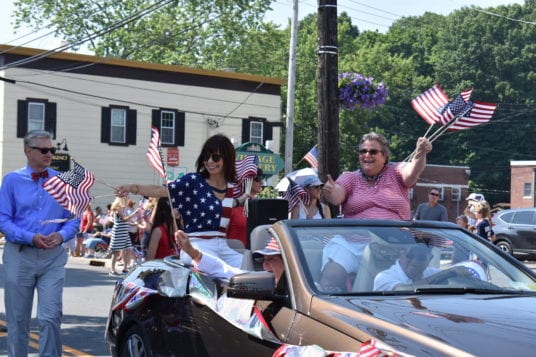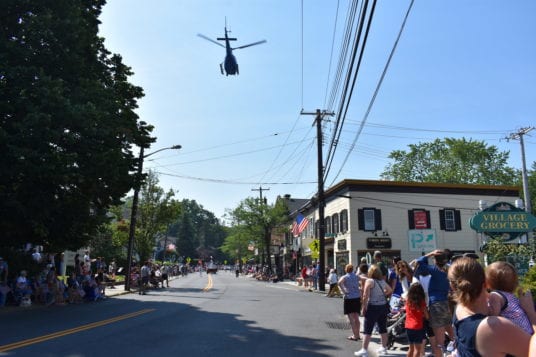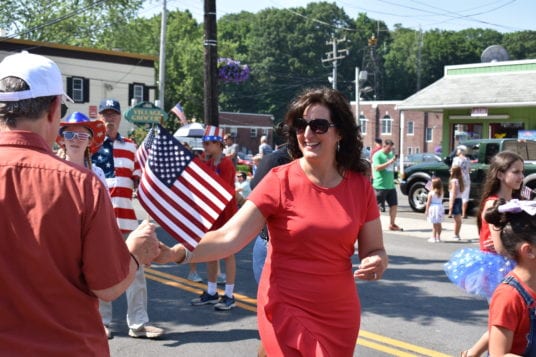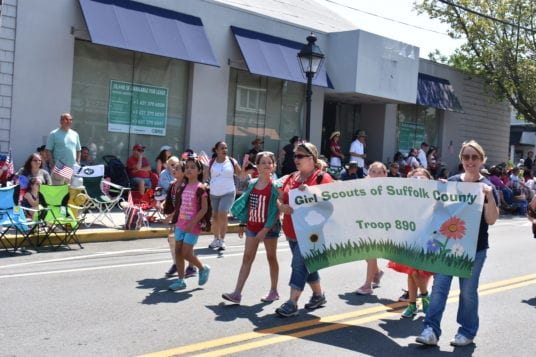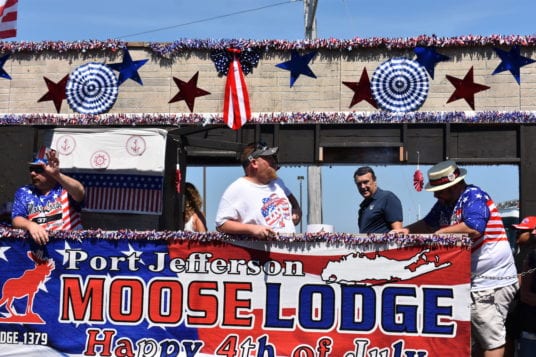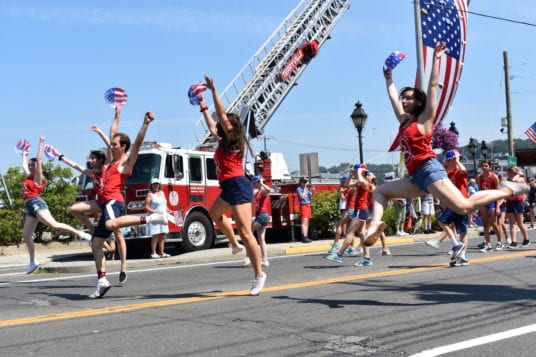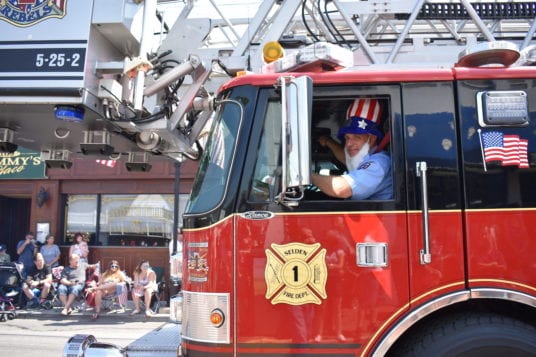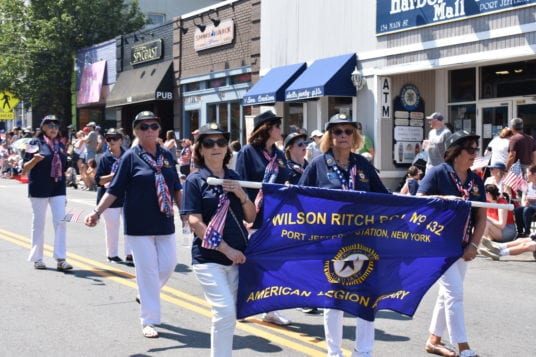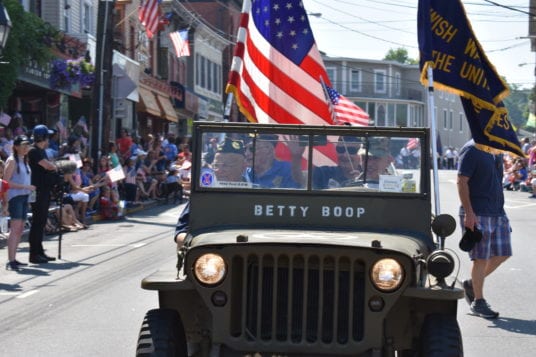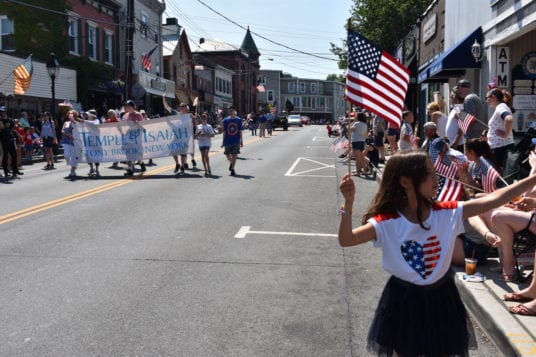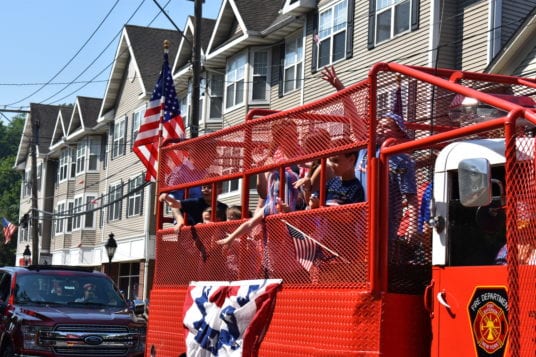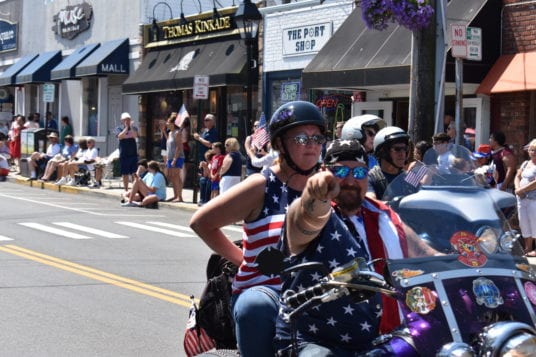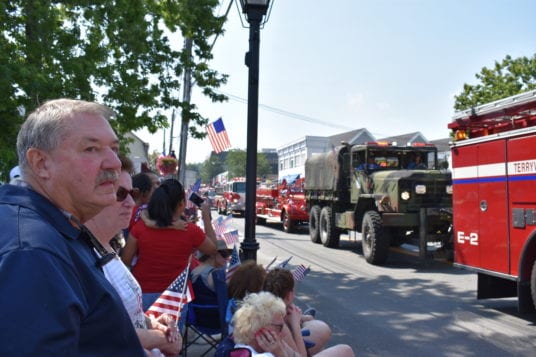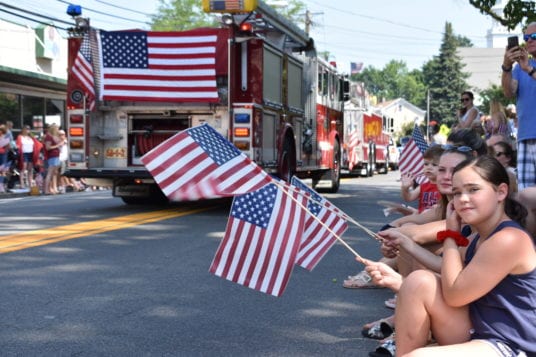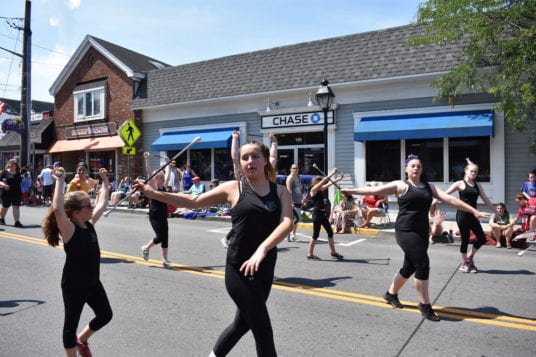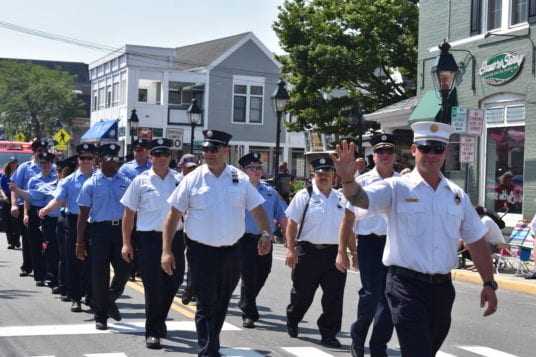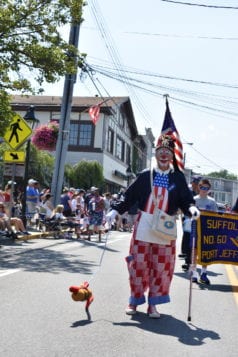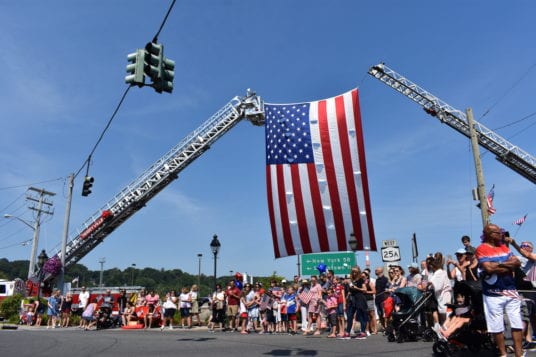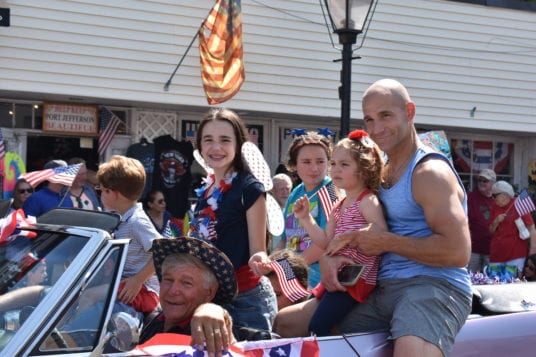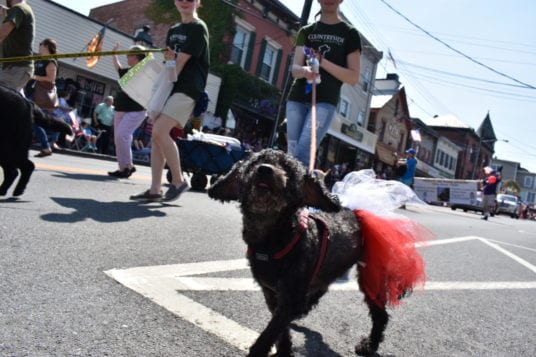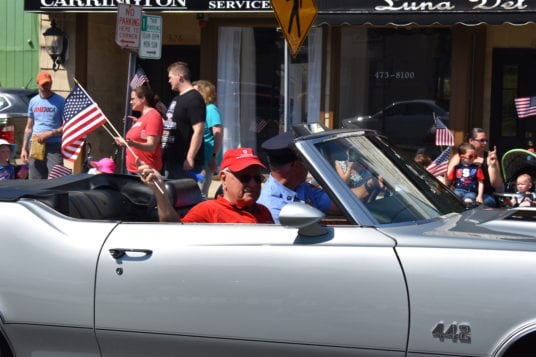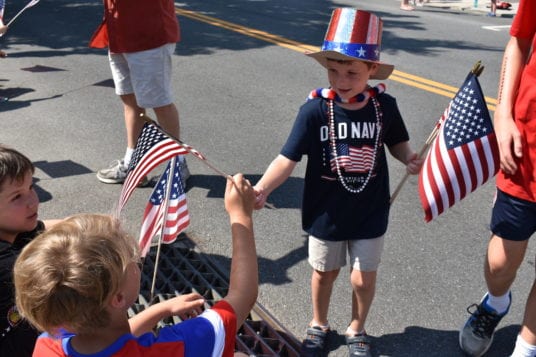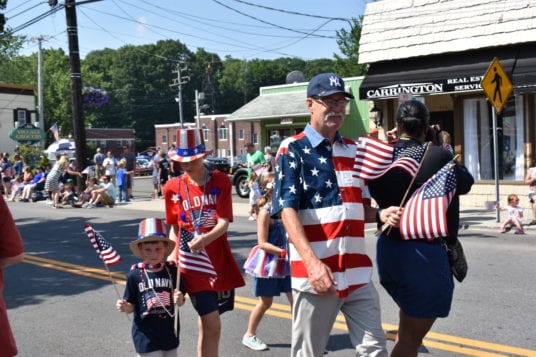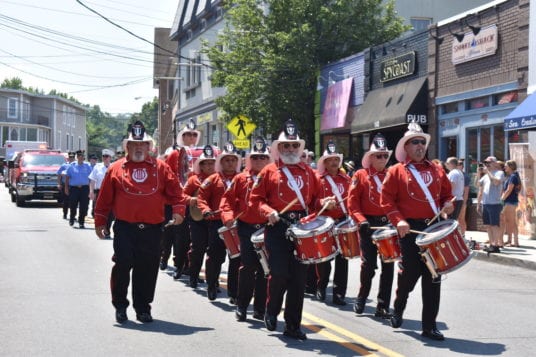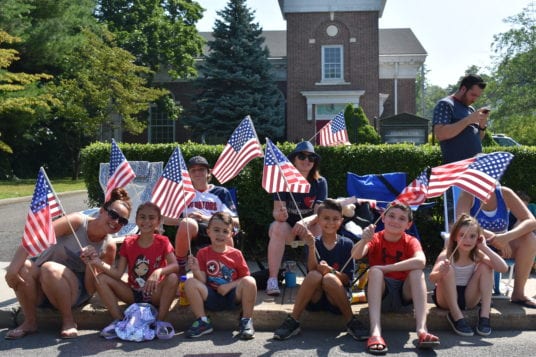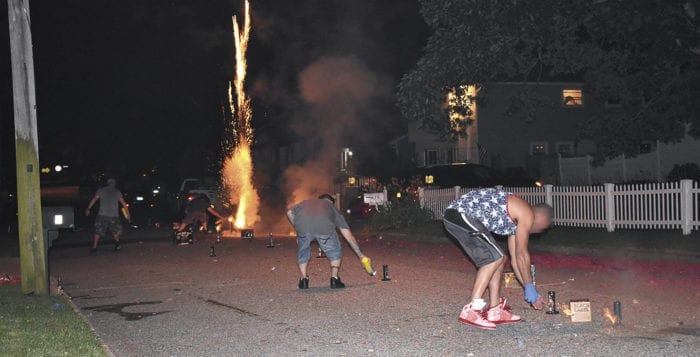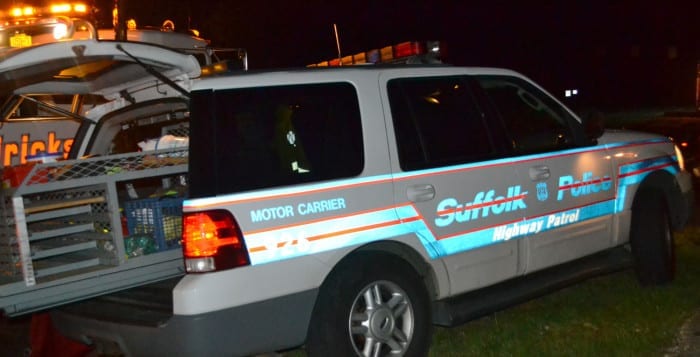By Rich Acritelli
Between the invasion of France and the fall of Paris in the summer of 1944, the Allies were not prepared for the vicious fighting that ensued directly after the D-Day landings in Normandy, France. General Dwight D. Eisenhower and his planners prepared for every type of problem before Operation Overlord, but they were shocked at the brutality of the warfare that awaited their land forces against the well-hidden German military. As more men and materials were dispatched from England to this area that was known as the “Bocage,” Eisenhower and his key subordinate General Omar N. Bradley were dismayed over the extreme losses and puzzled over how to handle this costly opening offensive campaign in France. They did not fully know how to engage an enemy who was difficult to see and was eager to make the Allies pay for their successful landings.
At a time when Eisenhower looked to push his leaders like that of Bradley and Field Marshall Bernard Law Montgomery to gain military results against the enemy, progress was slow. The Germans dug in and they halted the advance of the Americans, British, and Canadians. Whereas General George S. Patton was a talented, but controversial leadership figure, he was absent from the Normandy landings. Through the Slapping and Knutsford Incidents, Patton added to the immense pressures that was placed on Eisenhower. He was not dismissed from the service, but Eisenhower kept this feared tank commander in the dark as how he would be used within the future military campaign in France. It was not until well after D-Day that the Third Army became operational and Patton would be its commander. He eventually directed this army that pushed the enemy across France and towards the Rhine River. And through the historic Battle of the Bulge, Patton’s armor would eventually drive back this German surprise attack to the relief of Bastogne and the paratroopers that were surrounded by Hitler’s forces.
Before D-Day, General George C. Marshall, supported Eisenhower’s threat to send Patton home in disgrace, but he also informed this figure that nothing should be done to weaken his hand in fighting the difficult German military machine. Patton was not an easy general to guide and his mouth often put him in trouble, but he was the most talented armored leader that the United States had in its ranks. There were some points during the Normandy Campaign that Eisenhower openly stated that he wished that Patton’s unyielding presence was there to fight this difficult battle, but this was wishful thinking, as allied tanks played no pivotal role during this tenacious battle.
With the huge amount of resources that Eisenhower had at his disposal in the hedgerows, the Germans extracted some 40,000 casualties against the Allies. Through a maze of vines, bushes, and trees that seemed to be connected, there was no telling if a German was hidden within the foliage of Normandy. Several weeks after D-Day, Eisenhower and Bradley were frustrated at the lack of progress and the increase in casualties. As the Germans stymied the Allies, the Wehrmacht was unable to reinforce their own lines and they lost the immense leadership skills of Field Marshall Erwin Rommel who was seriously wounded by British fighter planes.
This was a hard time for the Allies as Montgomery was known for moving too cautiously and he lived up to this negative reputation when he failed to take the French city of Caen. Bradley lost his patience and he fired several generals through their inability to overrun the Germans. On July 4, 1944, as American soldiers celebrated Independence Day, an intense artillery barrage of fire hit the well covered Germans. It was a strenuous campaign that tested Allied officers and soldiers to push the Germans out of their strategic defensive positions. Although the Allies were less than a year from winning the war, there were always strains on the military relationship between the Americans and British. Marshall believed that Montgomery received far too much credit for being an army commander that had to be prodded to move. The Army Chief of Staff wanted stability within the alliance, but not at the demise of American prestige. With our nation providing the bulk of men and materials on the Western Front and taking the recognizable direction against the Germans, Marshall was concerned that Eisenhower favored the British a little too much and he ordered him to leave England and set up his command in Normandy, where he would take over the direction of this intense fight.
At same time when some senior German military figures tried to assassinate Hitler in East Prussia on July 20, 1944, Patton arrived in France. He was told by Bradley that a massive carpet-bombing assault was to target the stubborn German positions and break open their lines to be exploited. It was the expectation that “Operation Cobra” would create a large enough corridor to allow American armored forces to penetrate deeply within the open lands east of Normandy. After 3,400 tons of bombs were dropped, this campaign successfully developed when four American armored divisions pushed through this opening in the lines. This allowed the Americans operate south westward and take the French port of Cherbourg and to drive in a different direction to liberate the major prize of Paris.
Once Patton’s tanks were employed, the German Higher Command in France never stood a chance in defeating the sheer pressure from air and land that Eisenhower, Bradley and Patton had at their disposal. The summer of 1944 was a dangerous year for the Germans, as the immense amount of force that the Americans delivered against Hitler’s beleaguered armies. And while Eisenhower had a difficult relationship with Patton, keeping him in command paid large dividends towards victory in Western Europe against the Nazi Regime.
Rich Acritelli is a social studies teacher at Rocky Point High School and an adjunct professor of American history at Suffolk County Community College.

